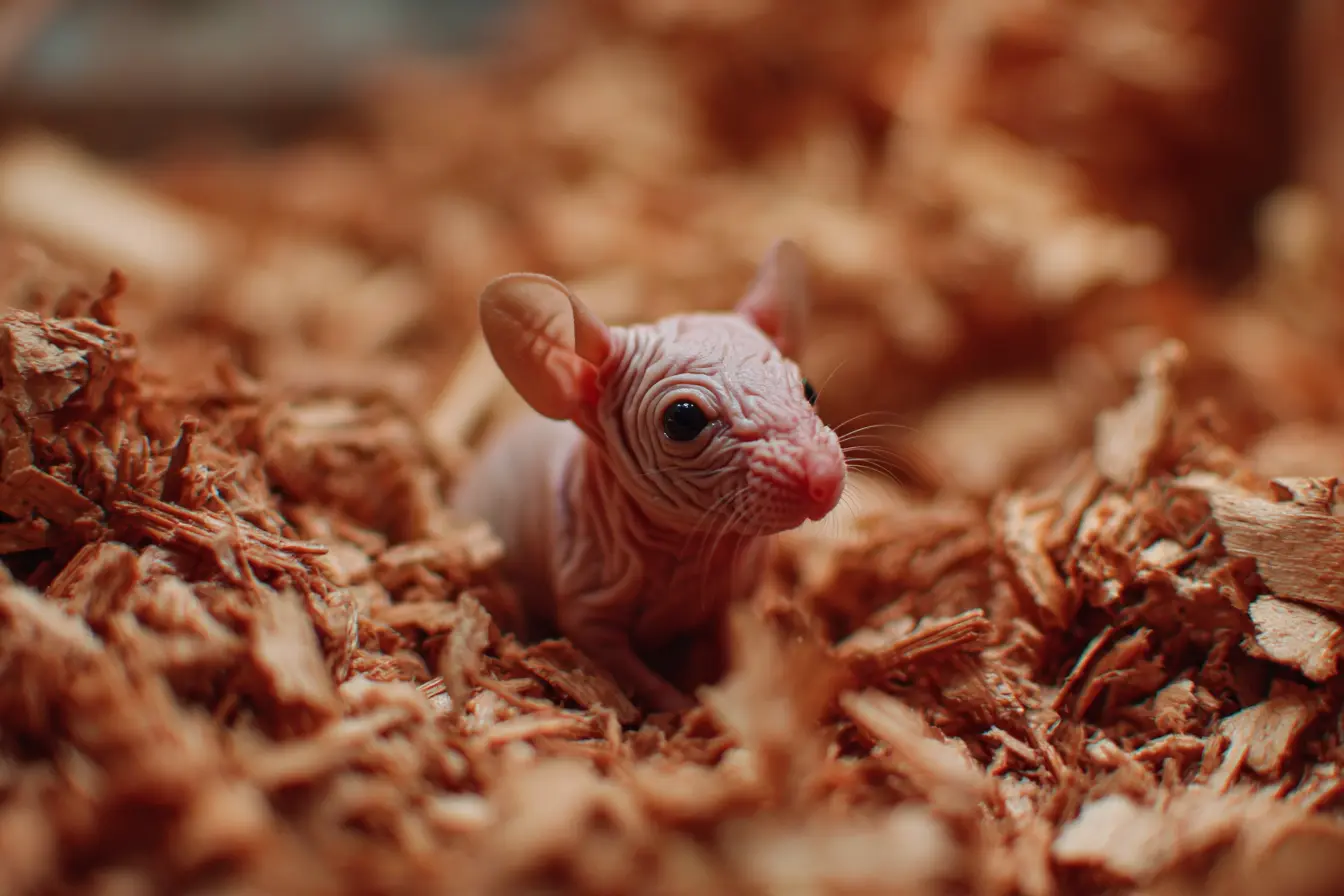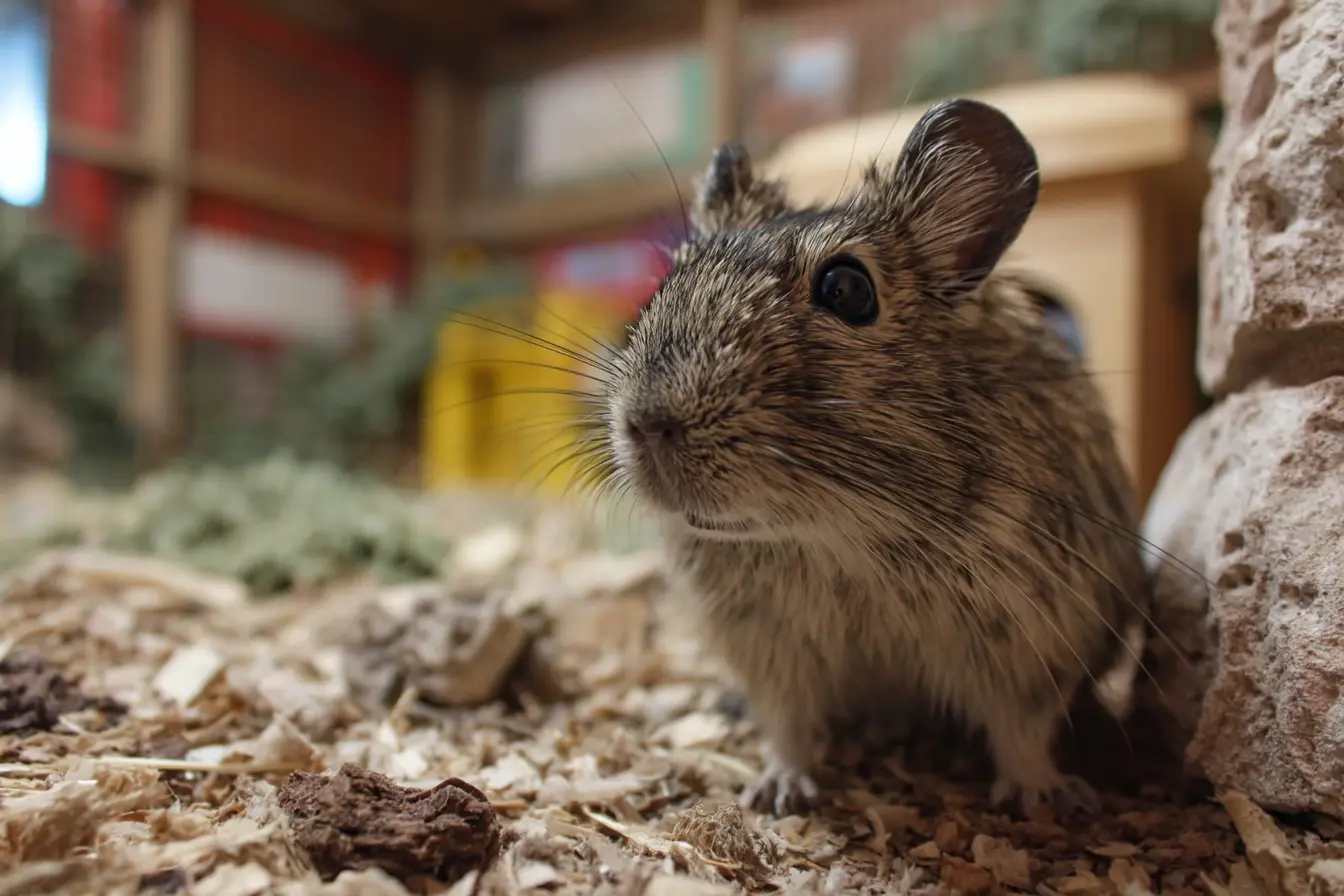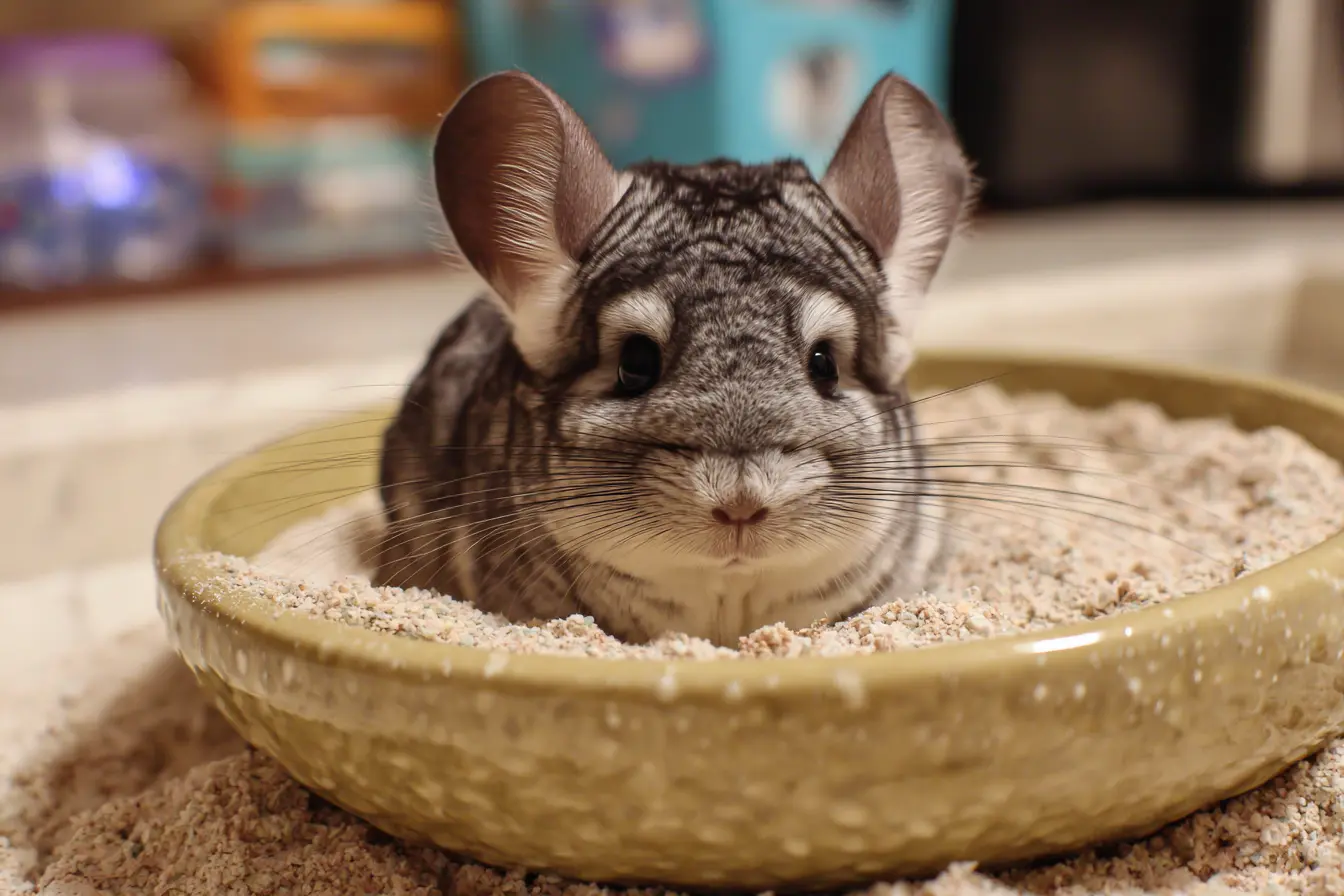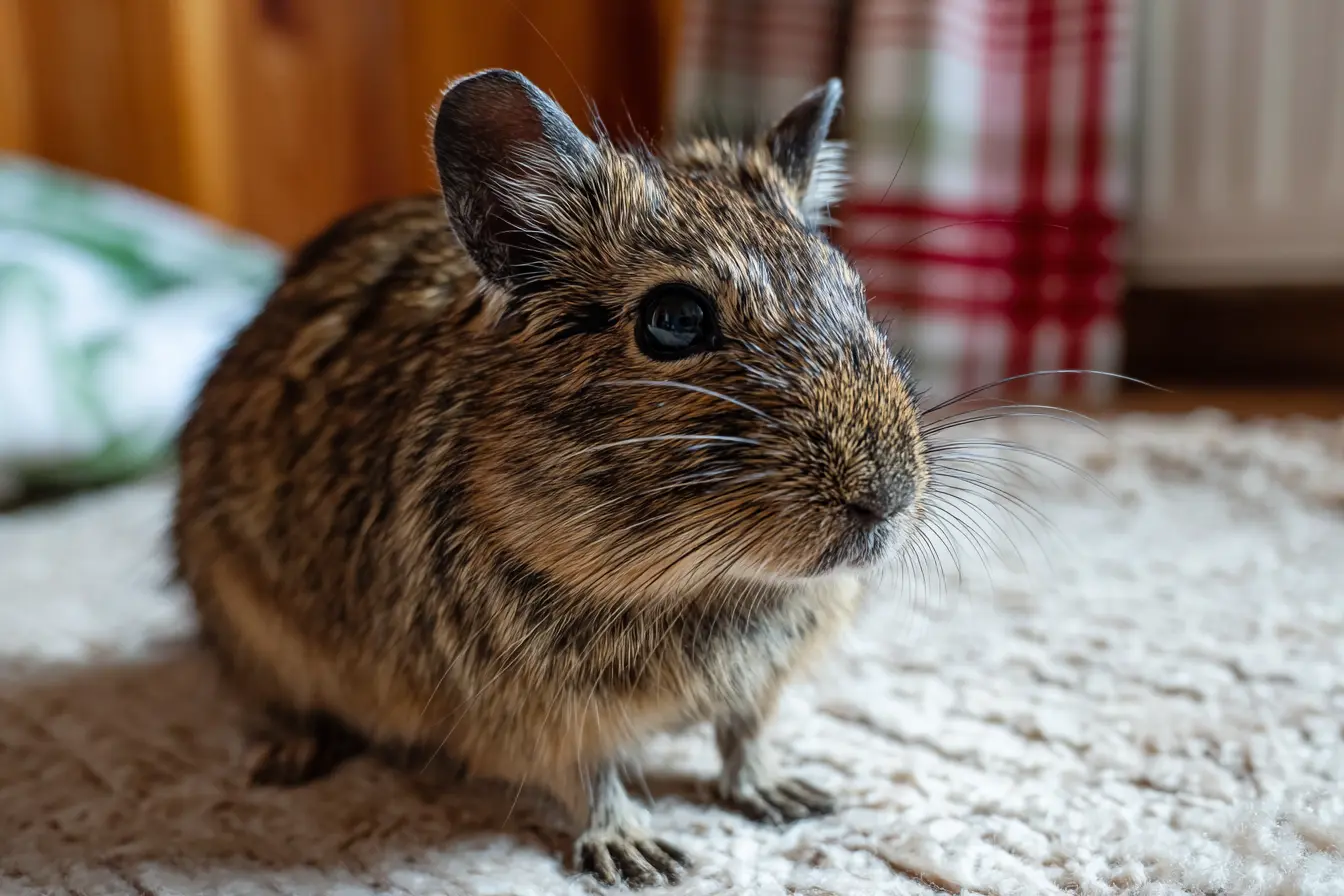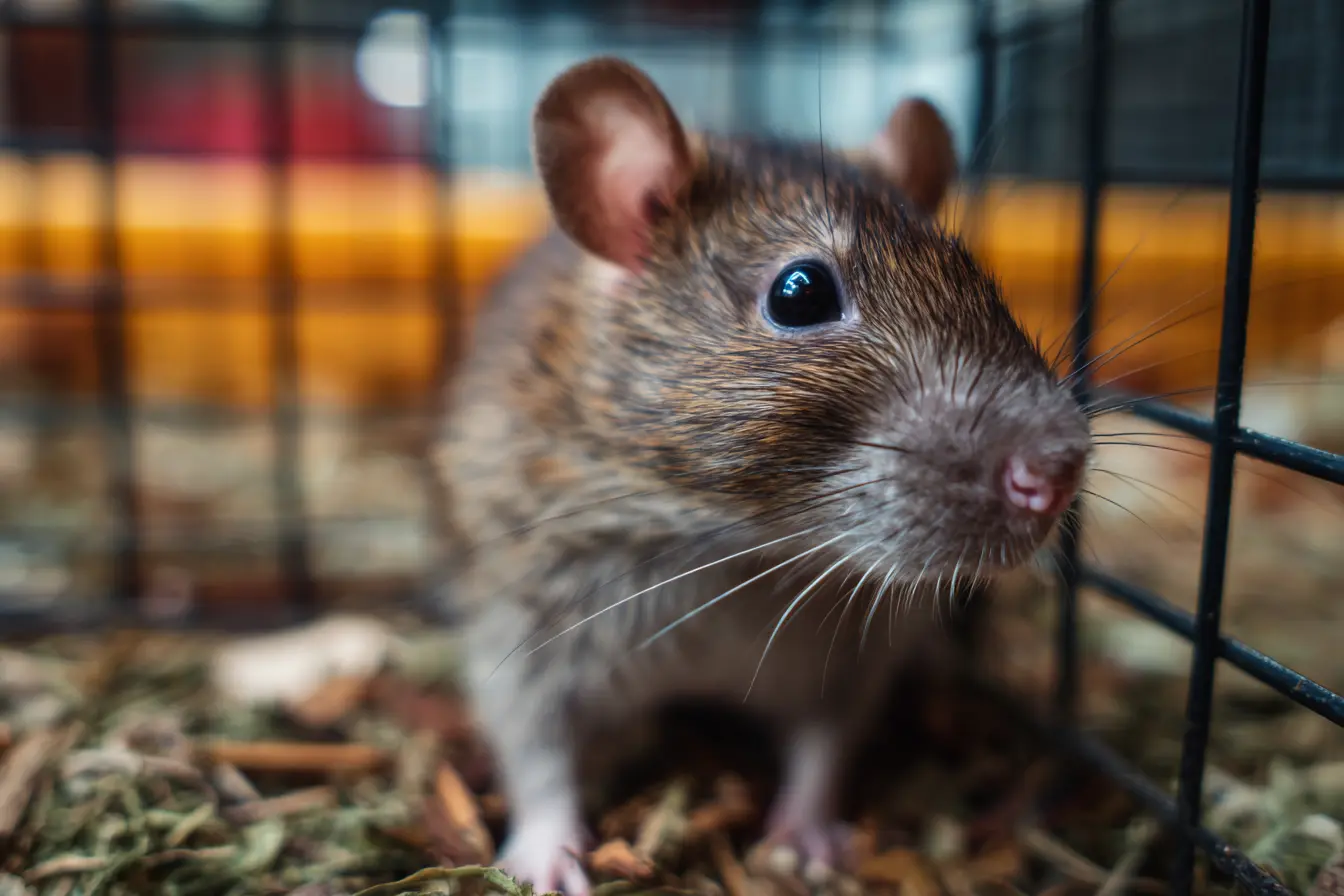
Choosing the Right Cage for a Pet Rat
Rats are intelligent, social, and highly active animals that thrive in stimulating environments. Choosing the right cage is a fundamental part of responsible rat ownership, and it can greatly impact their health, behaviour, and lifespan. A poorly chosen cage can lead to boredom, stress, injury, or illness, while a well-designed setup provides security, enrichment, and opportunities for natural behaviour. This guide explores everything you need to know when selecting a cage for pet rats.
Understanding a Rat’s Natural Behaviour
Rats are social climbers by nature. In the wild, they live in groups, build nests, forage, and explore vertically as much as they do horizontally. A good rat cage must cater to these instincts, with enough space for movement, mental stimulation, and social interaction.
Rats also love to chew, burrow, and hide. Enrichment should be part of the cage design, not an afterthought. The right cage allows for climbing, nesting, play, and rest.
Size Requirements
Pet rats need far more space than most commercially available cages provide. As a general guideline, a pair or small group of rats should have a minimum of 80 cm in length, 50 cm in depth, and 80 cm in height. Taller cages with multiple levels are ideal, as they allow rats to climb and explore.
Keep in mind that rats should always be kept in same-sex pairs or groups, so the cage must accommodate more than one animal. Adding space horizontally and vertically is always beneficial, as overcrowding leads to tension and stress.
Bar Spacing and Construction
Bar spacing should be no wider than 1.5 cm. Young rats or smaller breeds may require even narrower gaps to prevent escape. Wire bars allow for excellent ventilation and climbing opportunities but must be sturdy to resist gnawing.
Choose a cage made from metal, not plastic. Rats are powerful chewers and can easily damage or escape from plastic cages. All doors should be secure and ideally lockable to prevent escape.
Multi-Level Design and Platforms
Rats benefit immensely from a multi-level cage. Platforms and ramps encourage exercise and mimic their natural behaviour. Shelves must be stable and non-slip, and ramps should not be too steep. Cover any slippery surfaces with fabric or sisal to ensure grip.
Avoid long drops between levels. Rats can injure themselves if they fall, especially older or less agile individuals. Hammocks, ropes, or bedding below platforms can help soften any accidental falls.
Flooring and Substrate
The cage floor should be solid, not wire mesh. Wire flooring can cause foot injuries and is uncomfortable for rats. If your cage has mesh floors, cover them with firm, washable mats or custom-cut plastic or wood panels.
Use a suitable substrate in the base tray to absorb moisture and control odour. Recommended options include paper-based bedding, hemp, or kiln-dried aspen shavings. Avoid pine or cedar, which contain aromatic oils that are harmful to a rat’s respiratory system.
Spot-clean the bedding daily and fully replace it at least once a week.
Enrichment and Accessories
An enriched environment is essential to prevent boredom and stress in pet rats. Include a variety of accessories to support their natural instincts and keep them mentally and physically engaged:
- Hammocks and nesting areas: Rats love to rest in hammocks or sleep in enclosed spaces. Provide fabric huts, cardboard boxes, or wooden houses.
- Climbing opportunities: Use ropes, ladders, and hanging toys.
- Tunnels and tubes: Encourage exploration and offer security.
- Chew toys: Essential for keeping their teeth healthy and trimmed.
- Digging box: A small container filled with safe substrate allows for digging behaviour.
- Litter tray: Many rats can be litter trained, making cage cleaning easier.
Rotate enrichment items regularly to maintain interest and stimulate curiosity.
Location and Temperature
Place the cage in a well-ventilated room that stays between 18 and 24°C. Avoid direct sunlight, draughts, or areas with excessive noise such as kitchens or near televisions. Rats are sensitive to temperature extremes and must be kept indoors in a stable environment.
Avoid placing the cage on the floor, which is colder and makes it harder for the rats to see what’s going on. An elevated position allows for more interaction and comfort.
Accessibility and Cleaning
Ease of cleaning and access is vital for both your comfort and your rats’ welfare. Look for cages with wide front doors or top access, and ideally ones with pull-out trays. You should be able to reach all corners of the cage for spot-cleaning, enrichment changes, and handling.
Use pet-safe cleaning products and rinse thoroughly. Clean food bowls and water bottles daily and ensure bedding remains dry and fresh.
Social Housing Considerations
Rats are social animals and should never be kept alone. Always plan your cage choice around housing at least two rats. If you plan to keep a larger group, you will need a cage that offers ample space, multiple nesting areas, and sufficient levels to prevent conflict.
Same-sex groups tend to do best unless the rats have been neutered. Introducing rats should be done gradually and only when space and resources are adequate.
Summary
A well-chosen rat cage supports your pets’ need for space, stimulation, and companionship. It should be safe, enriching, easy to maintain, and suited to housing at least a pair. With the right setup, your rats will stay healthy, active, and content.
Vets near you
Speciality vets
- Aquatics vet specialists
- Birds vet specialists
- Camelids vet specialists
- Cats vet specialists
- Cattle vet specialists
- Deer vet specialists
- Dogs vet specialists
- Equines vet specialists
- Exotic vet specialists
- Goats vet specialists
- Pigs vet specialists
- Poultry vet specialists
- Sheep vet specialists
- Small Mammals vet specialists
- Wild vet specialists
